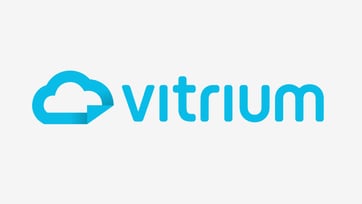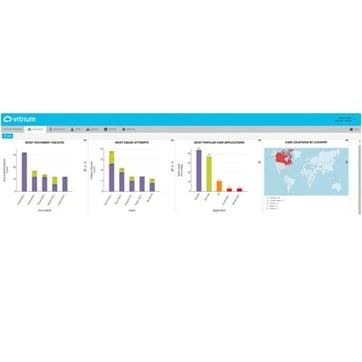Discover why Vitrium’s DRM software is the top choice for businesses needing secure content protection and trusted distribution.
Security Beyond Passwords: DRM as the Future of Content Protection
Digital content is shared, accessed, and downloaded across multiple platforms and devices. Today, traditional content protection methods are no longer enough. Passwords, email restrictions, and basic encryption once provided a sense of security, but the current digital landscape demands more robust, persistent, and intelligent protection.
Digital Rights Management (DRM) software steps in as a transformative solution. Unlike conventional security tools, DRM offers persistent protection that travels with your content, whether it’s a PDF, video, training material, or report. This ensures your intellectual property is protected long after it leaves your system.
The Shortcomings of Traditional Content Security
Many organizations rely on outdated security mechanisms, such as:
-
Passwords: Easily shared, multiple users can access a file with the same credentials.
-
IP restrictions and domain blocking: Useful for controlling access within a single network, but ineffective for remote users or global audiences.
-
Encryption: While important, encryption only protects content until it's decrypted. Once a user opens a file, there are often no restrictions on copying, printing, or screen capturing.
These methods may give you a sense of control, but in practice, they leave content vulnerable to unauthorized sharing, copying, tampering, misuse, and piracy.
How DRM Offers True Content Control
DRM software changes the paradigm by embedding security directly into the content itself. Rather than relying on external controls, DRM ensures that protection policies travel and stay with the file, regardless of how it’s shared or who opens it.
Here’s how DRM works differently:
-
Persistent Protection: DRM-enforced files are locked down with viewing, printing, and copying permissions that remain active regardless of location.
-
Dynamic Control: Administrators can modify access rights, revoke permissions, or update usage rules even after the content is distributed.
-
User-Specific Access: Files can be watermarked with user information, access logs can be tracked, and content can be limited to specific devices, time-frames, or regions.
-
Screen Capture Prevention: Advanced DRM software, like Vitrium DRM, includes measures to block screen grabbing tools, adding another layer of security.
Who Needs DRM?
DRM is no longer a niche tool for media companies. It is increasingly critical for:
-
Associations protecting standards, codes, and member-only content.
-
Publishers distributing digital books, magazines, and journals.
-
Training organizations offering courses, certifications, and e-learning material.
-
Research institutions sharing confidential reports or datasets.
-
Corporate teams securing internal documents, reports, and strategic plans.
In every case, DRM ensures that your content is only accessed by the right people, in the right way, at the right time.
Why Choose Vitrium DRM
At Vitrium, we’ve built our DRM software around accessibility, usability, and robust security. Organizations trust us to protect their valuable intellectual property while maintaining a seamless end-user experience.
Key Benefits of Vitrium DRM:
-
Plugin-Free Access: No need for proprietary apps or plug-ins. Users access protected content directly in their browser.
-
Support for Multiple Formats: Secure PDFs, Microsoft Office files, videos, audio, and images.
-
Custom Watermarking: Apply dynamic user-identifying watermarks to deter leaks.
-
Policy Management: Create reusable DRM policies to streamline content protection across teams or departments.
-
Full API Integration: Automate workflows and integrate DRM into your business systems and LMS.
Vitrium DRM helps you maintain control over your content without compromising user experience, an essential balance for enterprises, publishers, associations, and training organizations.
Conclusion
As the digital world continues to evolve, so do the risks to your content. Traditional methods like passwords and email restrictions are simply no match for today’s threats. If you're distributing high-value content—whether internally or externally—you need protection that adapts, persists, and scales with your needs.
DRM software is the future of secure content distribution, and Vitrium DRM is leading the way. With flexible deployment options, powerful policy controls, and a user-friendly experience, it empowers your organization to distribute content securely, without compromise.





